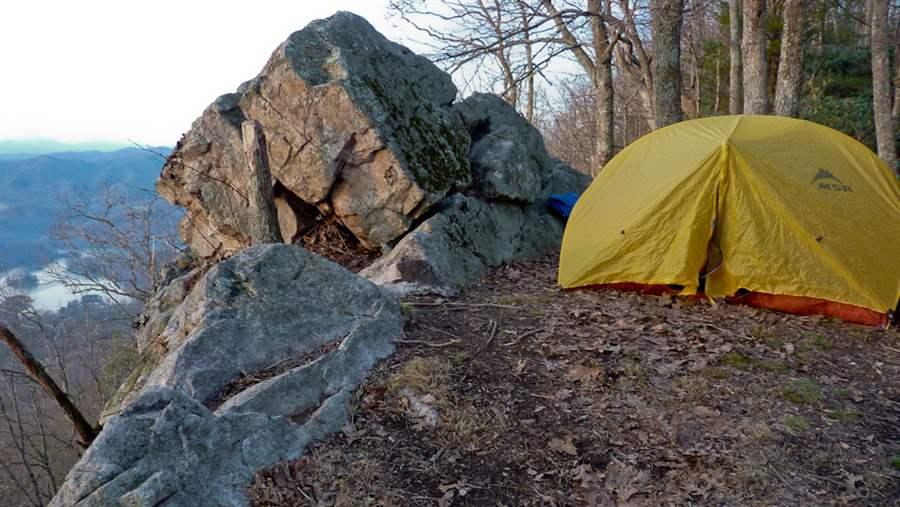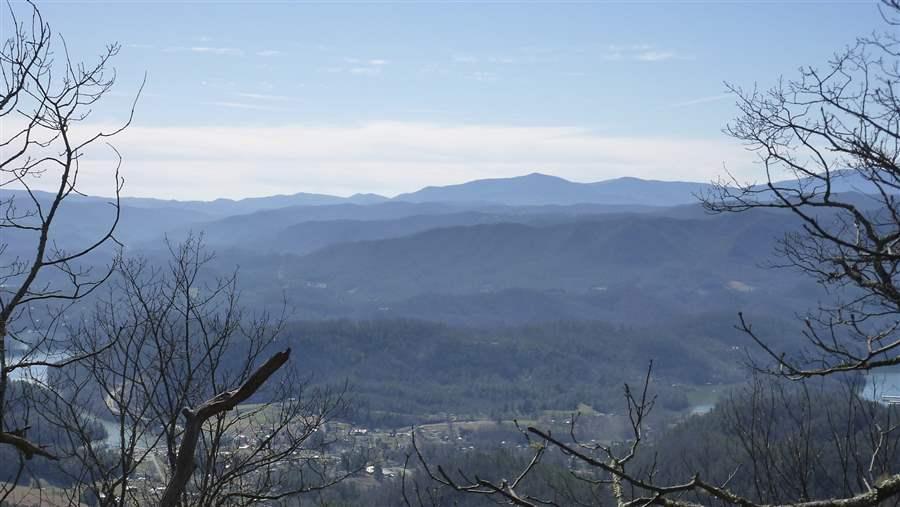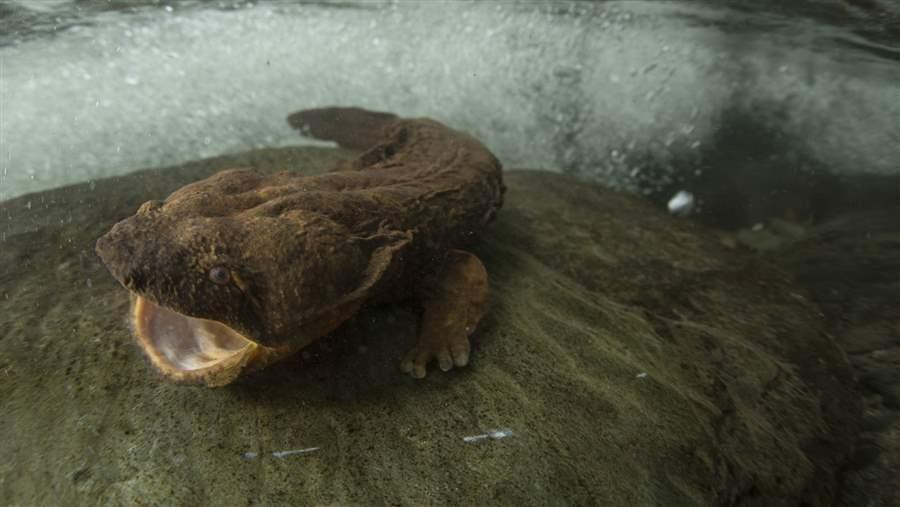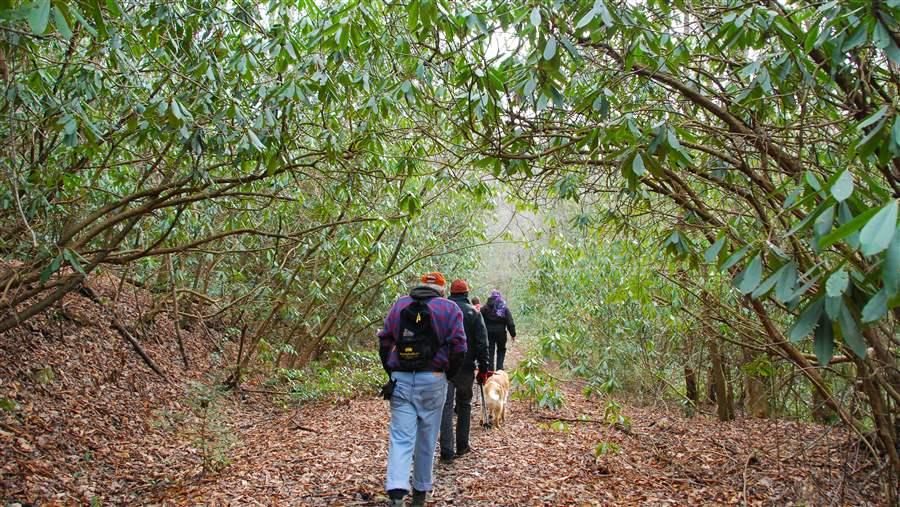5 Reasons to Protect the Cherokee National Forest
The Cherokee National Forest is East Tennessee’s big backyard, and the Tennessee Wilderness Act would safeguard roughly 20,000 acres of it as wilderness. The state’s U.S. senators, Republicans Lamar Alexander and Bob Corker, first introduced the bill in 2010, and Representative Phil Roe (R-TN) recently sponsored similar legislation in the U.S. House of Representatives.
1. It’s good economic sense.
Safeguarding part of East Tennessee’s Cherokee National Forest would benefit local communities through sustainable outdoor recreation and tourism jobs. People come from near and far to hike, camp, swim, ride horseback, hunt, fish, raft, and more. The bill would permanently protect premier hiking spots such as the 4.5 miles of the Appalachian Trail and nearly 15 miles of the Benton MacKaye Trail. Outdoor recreation in Tennessee generates $8.2 billion in consumer spending each year and supports 83,000 direct jobs.
 © Bill and Laura Hodge
© Bill and Laura HodgeThe Cherokee National Forest is an outdoor recreation haven with people coming from near and far to play in East Tennessee’s big backyard.
2. Just 10 percent of the Cherokee National Forest is protected.
The Tennessee Wilderness Act would expand the Joyce Kilmer-Slickrock, Big Frog, Little Frog Mountain, Big Laurel Branch, and Sampson Mountain wilderness areas and create a 9,000-acre Upper Bald River Wilderness Area. If passed, the legislation would result in Tennessee’s first new wilderness in over 25 years.
 © Bill and Laura Hodge
© Bill and Laura HodgeThe U.S. Forest Service recommended the areas within the Tennessee Wilderness Act as wilderness in their 2004 forest plan.
3. Critical wildlife habitat would be preserved.
The Cherokee National Forest is located in one of the most biologically diverse temperate regions in the world. This makes it an excellent home for more than 20,000 species of plants and animals, including black bear, deer, bobcat, wild turkey, fox, raccoon, wild boar, and the vanishing hellbender salamander. The forest is also a popular migratory, breeding, and wintering habitat for numerous bird species.
 © U.S. Department of Agriculture
© U.S. Department of Agriculture Black bear, boar, white tailed deer, the hellbender salamander (pictured) and several species of trout all call the Cherokee National Forest home.
4. It would be good for clean water.
The Tennessee Wilderness Act would safeguard our critical watersheds so they remain pure and clean for the health and economic benefit of residents. It would also ensure that the wildlife depending on it continues to thrive. The proposed areas would protect nearly the entire headwaters of the Bald River, which delivers clean water to the Watauga, Nolichucky, Little Tennessee, Tellico, and Ocoee river watersheds.
 © Jeff Moore/Flickr Creative Commons
© Jeff Moore/Flickr Creative CommonsThe Tennessee Wilderness Act will protect clean drinking water for Northeast Tennessee and the millions that live downstream.
5. Support for conserving the area is strong.
A broad coalition of local business leaders, hunters and anglers, faith groups, local elected officials, and conservationists has been working to safeguard this place for nearly a decade. A recent survey by Ayres, McHenry & Associates found that Tennesseans back additional wilderness designation almost 3 to 1. And nearly every paper of record in East Tennessee has editorialized in favor of protecting the area.
 © The Pew Charitable Trusts
© The Pew Charitable TrustsIn addition to a broad coalition of support, all major regional media outlets have editorialized in support of the Tennessee Wilderness Act.







